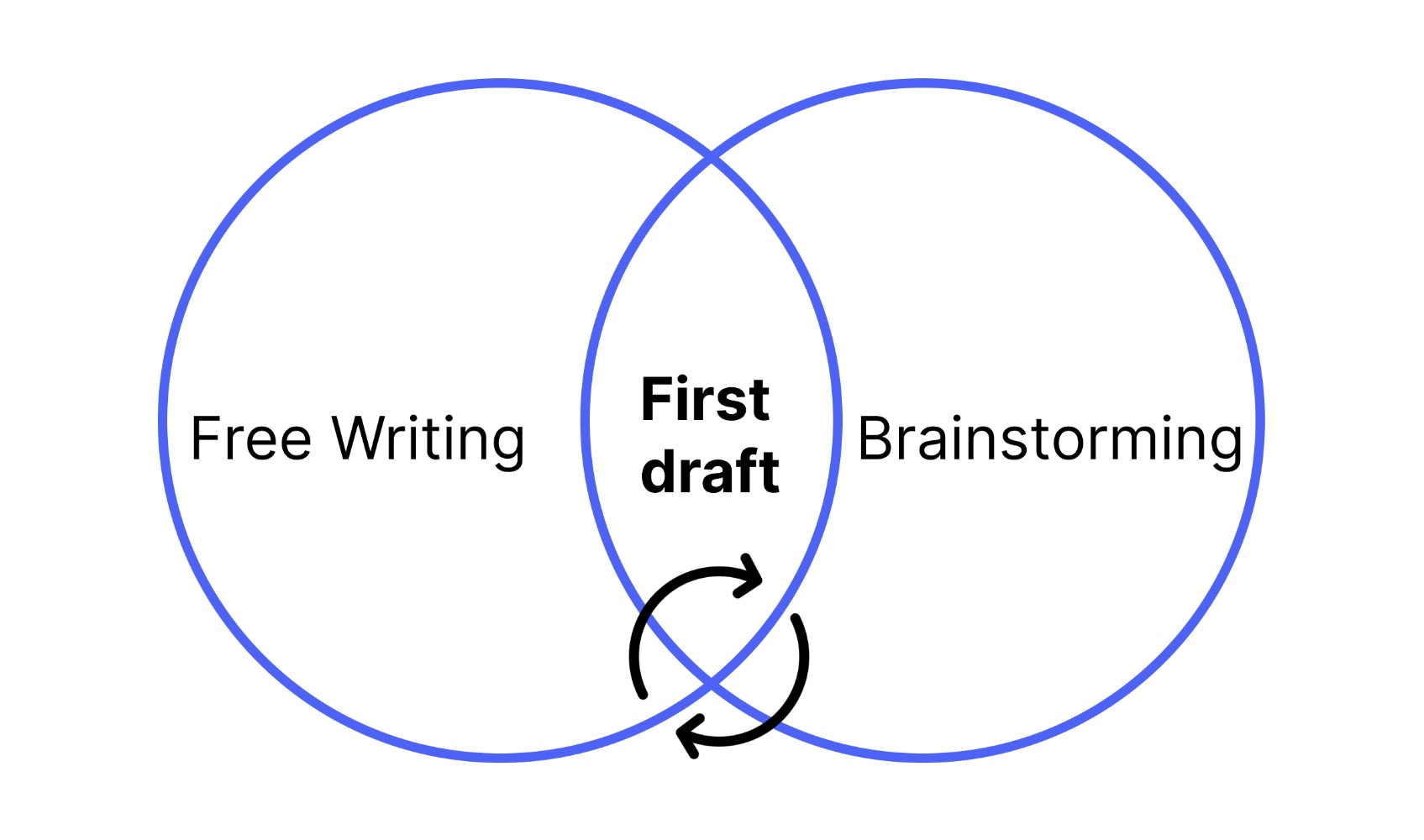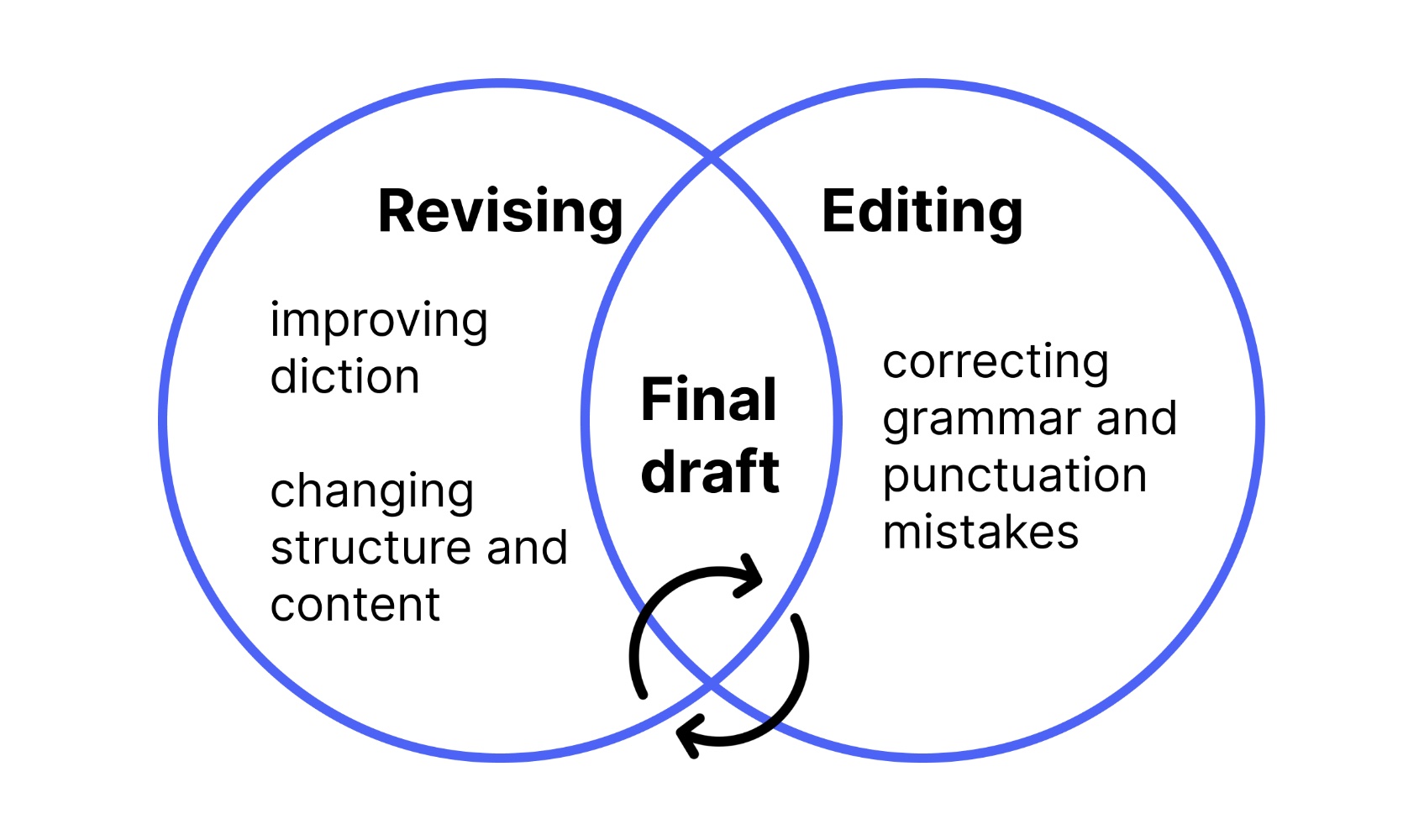Aizhan is a co-founder of NEUPUSTI and an incredible educational consultant who already helped 160+ international students get into top universities with full funding. She graduated from the University of Pennsylvania Graduate School of Education.
What is a Personal Statement
The most important thing to remember is that Personal Statement is not a motivational letter. It is not a place where you would tell the university what you want to study or what is your intended major. Instead, Personal Statement is about YOUR story.
Personal Statement is only for Undergraduate admissions at US universities. It is submitted via common app, has 650-word limit, and 7 prompts that don't change.
Personal Statement Prompts
Most of the prompts are open-ended, therefore you can pick any topic and frame it within one of the prompts below:
Some students have a background, identity, interest, or talent that is so meaningful they believe their application would be incomplete without it. If this sounds like you, then please share your story.
The lessons we take from obstacles we encounter can be fundamental to later success. Recount a time when you faced a challenge, setback, or failure. How did it affect you, and what did you learn from the experience?
Reflect on a time when you questioned or challenged a belief or idea. What prompted your thinking? What was the outcome?
Reflect on something that someone has done for you that has made you happy or thankful in a surprising way. How has this gratitude affected or motivated you?
Discuss an accomplishment, event, or realization that sparked a period of personal growth and a new understanding of yourself or others.
Describe a topic, idea, or concept you find so engaging that it makes you lose all track of time. Why does it captivate you? What or who do you turn to when you want to learn more?
Share an essay on any topic of your choice. It can be one you've already written, one that responds to a different prompt, or one of your own design.
When to start
Start practicing anytime - the prompts don’t change!
It is best to start when your English level is at least 85+ TOEFL or 6.0+ IELTS
If you are a senior in High School, you should start TODAY🔥
A strong Personal Statement must be…
Personal → A real story that is important to you. It has to be about YOU, not your friends or family members.
Creative → Literary devices that you use an ornament to a solid foundation. Do not worry about metaphors before you have a clear topic.
Dynamic → An essay that demonstrates a change or transformation. You can make your writing more dynamic by including dialogues or shifting scenes.
Structured → Clarify, flow, and organization. A sample structure can be the following:
Introduction - hook, where you start with a dialogue/quote/funny fact
Body - your story
Conclusion - reflection
You can also consider montage structure, but it’s more difficult to execute as a non-native English speaker.
Reflective → always answer the “So what?” question. Remember that the admissions officer can not read your mind!
Why Personal Statement is so important
US universities practice “holistic admissions”, which means they want to get to know the whole you and understand your needs, values, and interests. Numbers don’t reflect who you are as a person.
Most applicants at top universities would all have a perfect GPA, Perfect SAT, perfect everything. But universities are not looking for perfect, they are looking for someone who is a great fit. They want you to stand out and be the yellow guy, and the way to do so is by writing a unique essay. It is not about how perfect your English skills are, but about whether it comes from your heart!

Stages of writing a Personal Statement
Prewriting Stage
At this stage, you set yourself up for writing. You create a mindmap, start brainstorming, or think out loud. Tools to help you with brainstorming are Pomodoro Method and Writing Prompts by New York Times. Don’t worry about grammar and remember that there is no such thing as a stupid idea

Outlining Stage
Here, you collect all your ideas and start outlining them:
The Story - must be dynamic (change/transformation must occur)
The Reflection - Ask yourself "Why was the story told?"
The Introduction - Set the stage for the story. Don’t forget that Americans don’t know the cultural context of your country, so you need to explain things that might seem obvious to you.
Writing Stage
It's time to get everything out of your head on paper. Writing is a cyclical process of free writing and brainstorming. Again, it doesn't have to be perfect!

Revising Stage and Editing Stage
Revising and Editing are two different things! Revising stage is the time when you might want to reach out to someone asking for feedback, but be very clear about what exactly you are asking. If you ask somebody to "quickly glance" at your essay, chances are, you will not get anything useful.
Revising and Editing are also cyclical stages that take time. Be patient.


